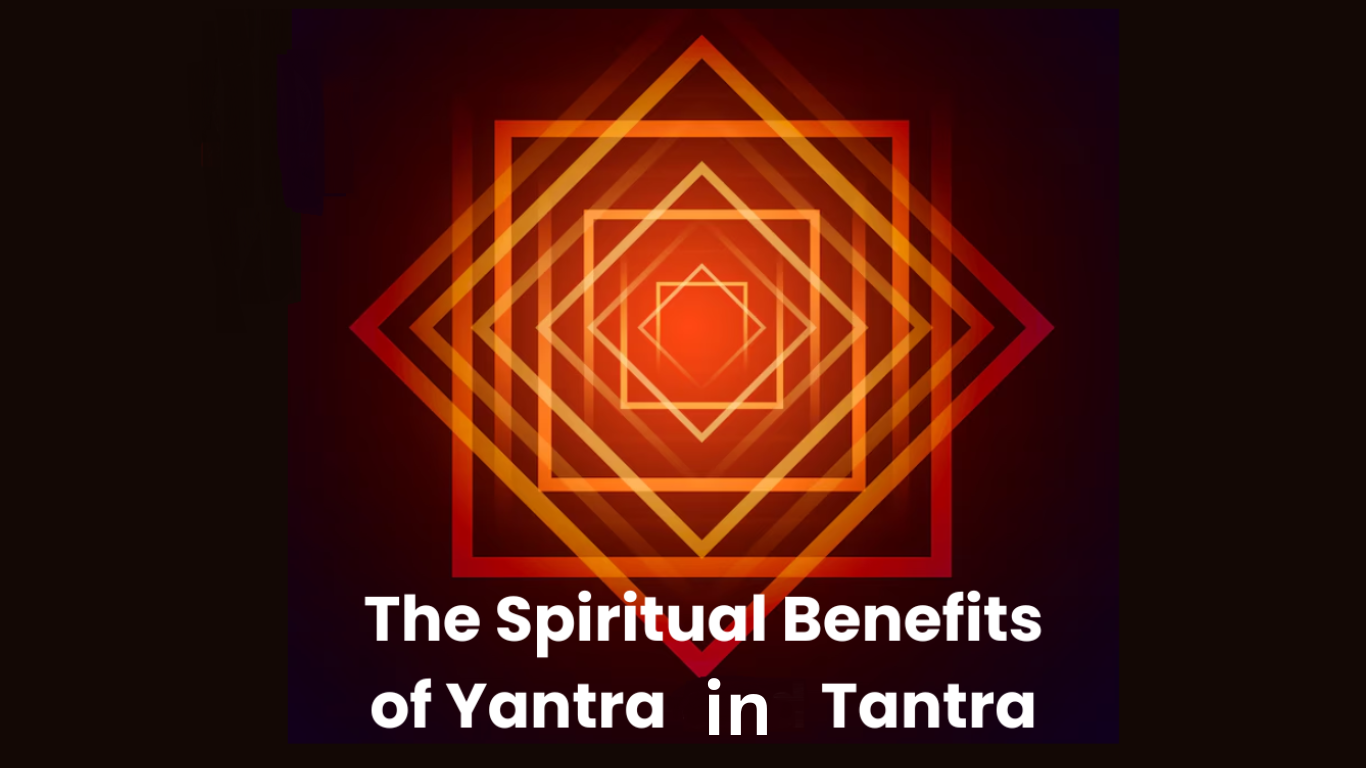Significance of Yantra in Tantra

Yantra, Mantra, and Tantra are the three most essential aspects of tantra, each having its own significance. Today we are going to discuss the importance of yantra in tantra.
What is Yantra in Tantra?
First, we need to understand the definition of yantras to grasp their significance truly. Yantra is defined as the embodiment of the deity itself; each Yantra has a specific geometric shape different from other Yantras. Yantra is called so as it removes (त्रायते) the fear of death and other hindrances (यमभूतादिसर्वेभ्यो भयेभ्योऽपि) from the life of the Sadhak and helps him attain liberation (त्रायते).
The suffix “tra” comes from the word “Trayate,” which means “that which leads to liberation.” Thus, in very simple terms, Yantra can be interpreted to mean that which gives liberation by taking away fears (यम त्रायते), Yantra is the vehicle (Yana) that gives us moksha; being the very body of the deity, it’s repeated worship gives us moksha.
What does Yantra in Tantra represent?
The yantra isn’t a mere set of useless diagrams; the yantras are composed of several lines, each representing the loka, the ayudhas, and various body parts of the deity; they are representative of the deity.
On a deeper level, the yantras are patterns; the Beejaksharas and mantras also have their own distinct vibrations, and the yantra lines are representative of the vibrations of the respective mantras of the deities.
It is said that the body of the deity is composed of mantra fragments, making the mantras the very essence of the body of the deity; thus, the yantra is regarded as their body.
Another meaning of Yantra
The deities are the ones who have the power to bestow moksha; thus, another meaning of yantra is the body of the one who gives moksha. All of these meanings are consistent with the Nirukti of the term yantra.
When it comes to the significance of the yantras in the tantra sadhana, the meaning of the term itself is self-explanatory. For the acharas, such as Vama, etc., the yantras are as important, if not more, than the Vigraha themselves.
The yantras become the medium for establishing connections between the Sadhak and the deities, and since the yantras are the Sukshma(very small) and aprakrit sarir (body) of the deity, their usage amplifies the sadhana results.
Without the yantras, it becomes nearly impossible to get the kripa (blessings) of the deity in the upper five acharas. The yantras become the connector between the mantra and the rituals; they serve as a bridge without which the deity isn’t pleased.
When Yantra can be used?
Serving the yantra is like doing seva of the deity itself; however, without diksha, the yantras can’t be used. Those who try to do so without diksha will surely have to face dire consequences.
While this is the basic significance of Yantras, I understand that a lot of you may have many questions that you can ask in the discussion forum. If I find any of them good enough to be shared here, I shall do so.
Article credit: Tara Peeth Aghor Acharya Swords_of_shiva